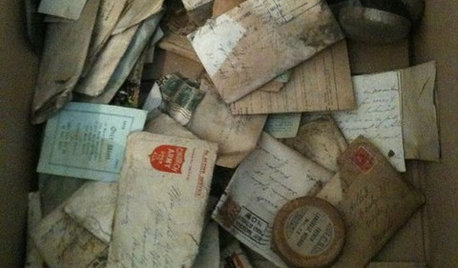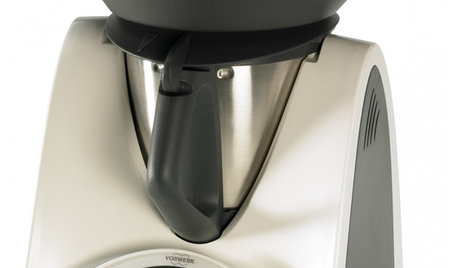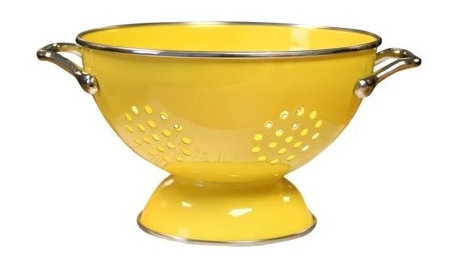tractor won't start - bad starter?
fcarp63
13 years ago
Related Stories

REMODELING GUIDESYou Won't Believe What These Homeowners Found in Their Walls
From the banal to the downright bizarre, these uncovered artifacts may get you wondering what may be hidden in your own home
Full Story
HOME TECH3 Kitchen Contraptions You Won’t Believe
Pizza hot from the printer, anyone? These cooking gadgets harness imagination and high tech — and have price tags to match
Full Story
LIFEYou Said It: ‘Put It Back’ If It Won’t Help Your House, and More Wisdom
Highlights from the week include stopping clutter from getting past the door, fall planting ideas and a grandfather’s gift of love
Full Story
GARDENING GUIDESHow to Stop Worrying and Start Loving Clay Soil
Clay has many more benefits than you might imagine
Full Story
PRODUCT PICKSGuest Picks: The Well-Stocked Starter Kitchen
We’ve got all the kitchen basics and tableware you need (or that recent grad needs) to make cooking a joy
Full Story
MOST POPULARHow to Start a Cool-Season Vegetable Garden
Late summer and late winter are good times to plan and plant cool-season crops like salad greens, spinach, beets, carrots and peas
Full Story
GARDENING FOR BUTTERFLIESA Quick-Start Guide to Bird-Watching for Fun and Learning
Set out some seed and grab your field guide. Bird-watching is an easy, entertaining and educational activity for the whole family
Full Story
ENTRYWAYSOrganizing Starts at the Door
You don't need fancy bins and containers to keep your entryway tidy — just a system that sticks
Full Story
BEDROOMSGet More From Your Bed (Storage, for Starters)
Find space for all your stuff — and maybe even a seat, a writing desk or another sleep spot — by cozying up to a multipurpose bed
Full Story
ARCHITECTUREDesign Practice: How to Start Your Architecture Business
Pro to pro: Get your architecture or design practice out of your daydreams and into reality with these initial moves
Full Story





mownie
pet575
Related Professionals
Ballenger Creek Landscape Architects & Landscape Designers · Glassmanor Landscape Architects & Landscape Designers · Woodinville Landscape Architects & Landscape Designers · Coeur d'Alene Landscape Contractors · Kearny Landscape Contractors · Lantana Landscape Contractors · Ponte Vedra Beach Landscape Contractors · Tigard Landscape Contractors · Wheat Ridge Landscape Contractors · Wichita Window Contractors · Madison Window Contractors · Revere Window Contractors · Sugarland Run Window Contractors · University City Window Contractors · Verona Window Contractorsmownie
rcmoser
pet575
mownie
pet575
fcarp63Original Author
rcmoser
mownie
fcarp63Original Author
fcarp63Original Author
mownie
fcarp63Original Author
rustyj14
mownie
mownie
rcmoser
fcarp63Original Author
mownie
farmallguy
mownie
farmallguy
mownie